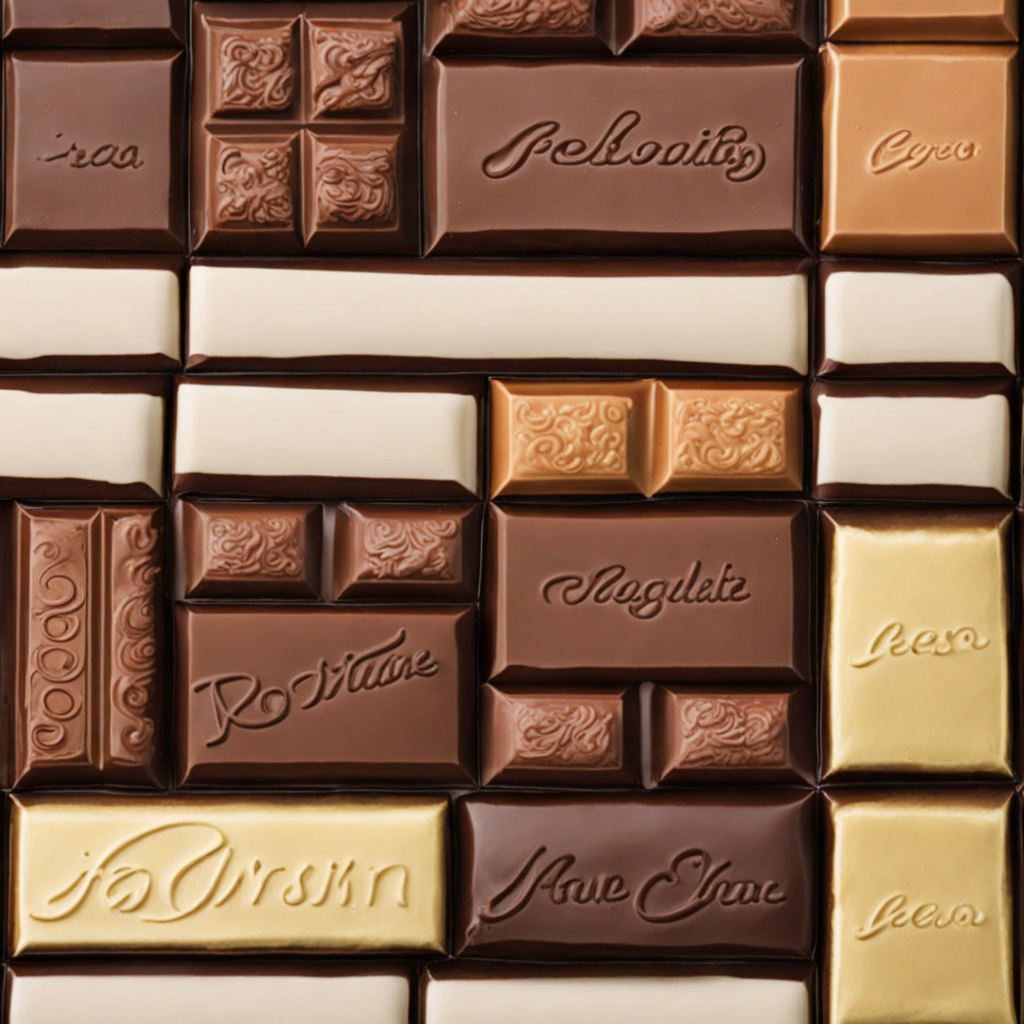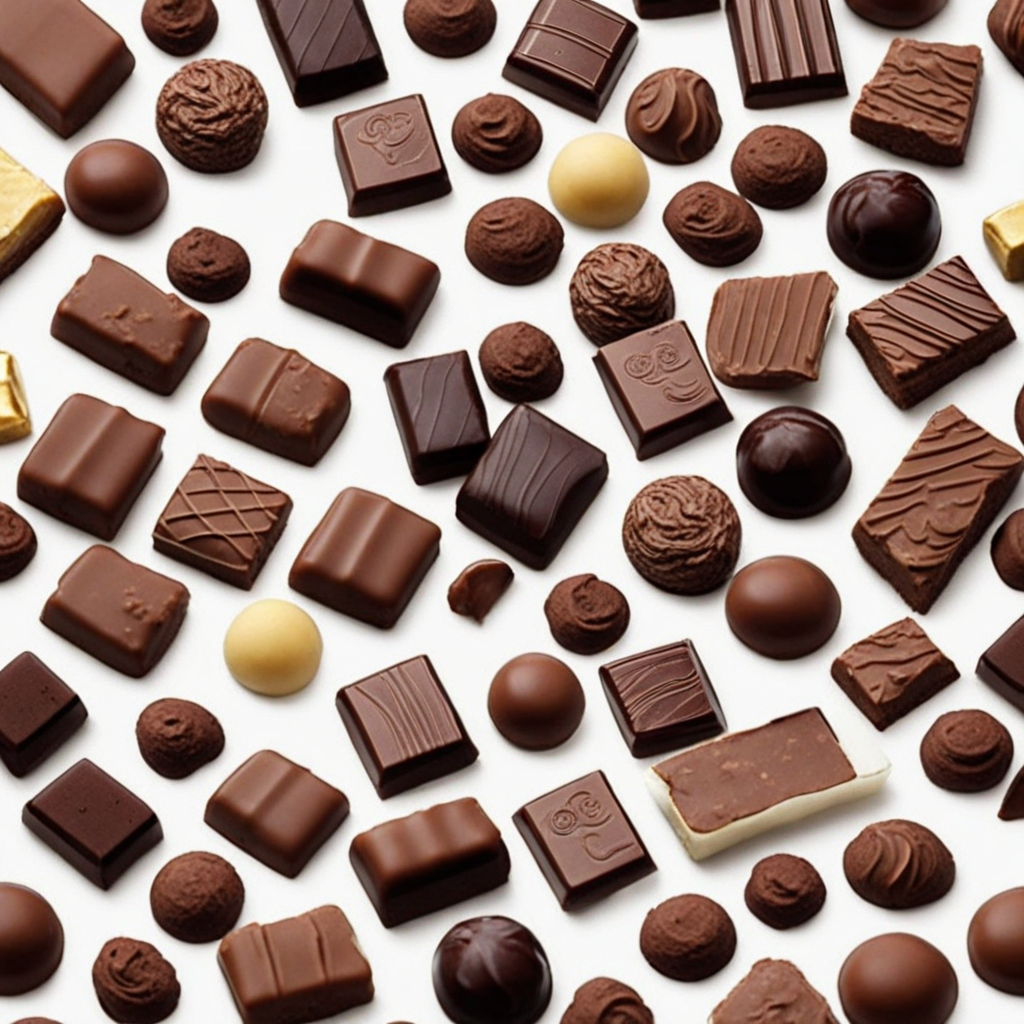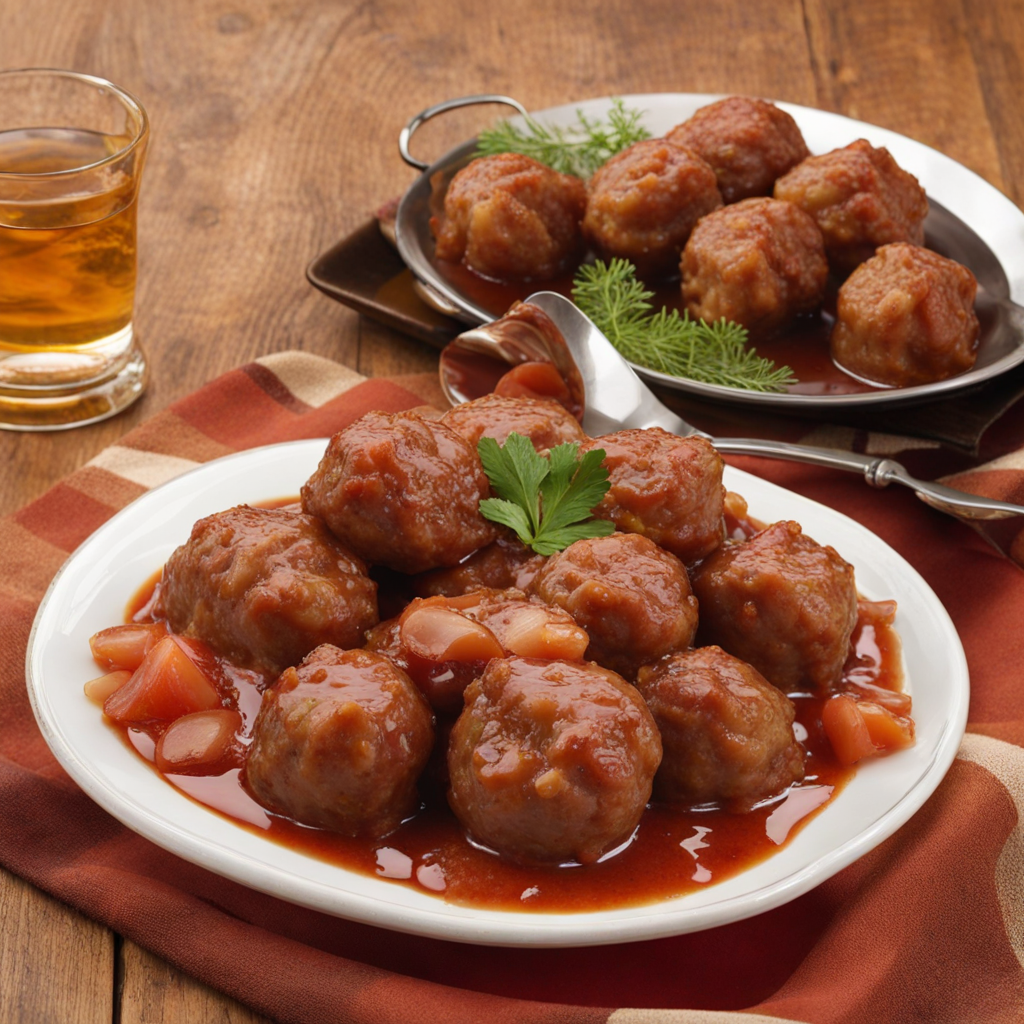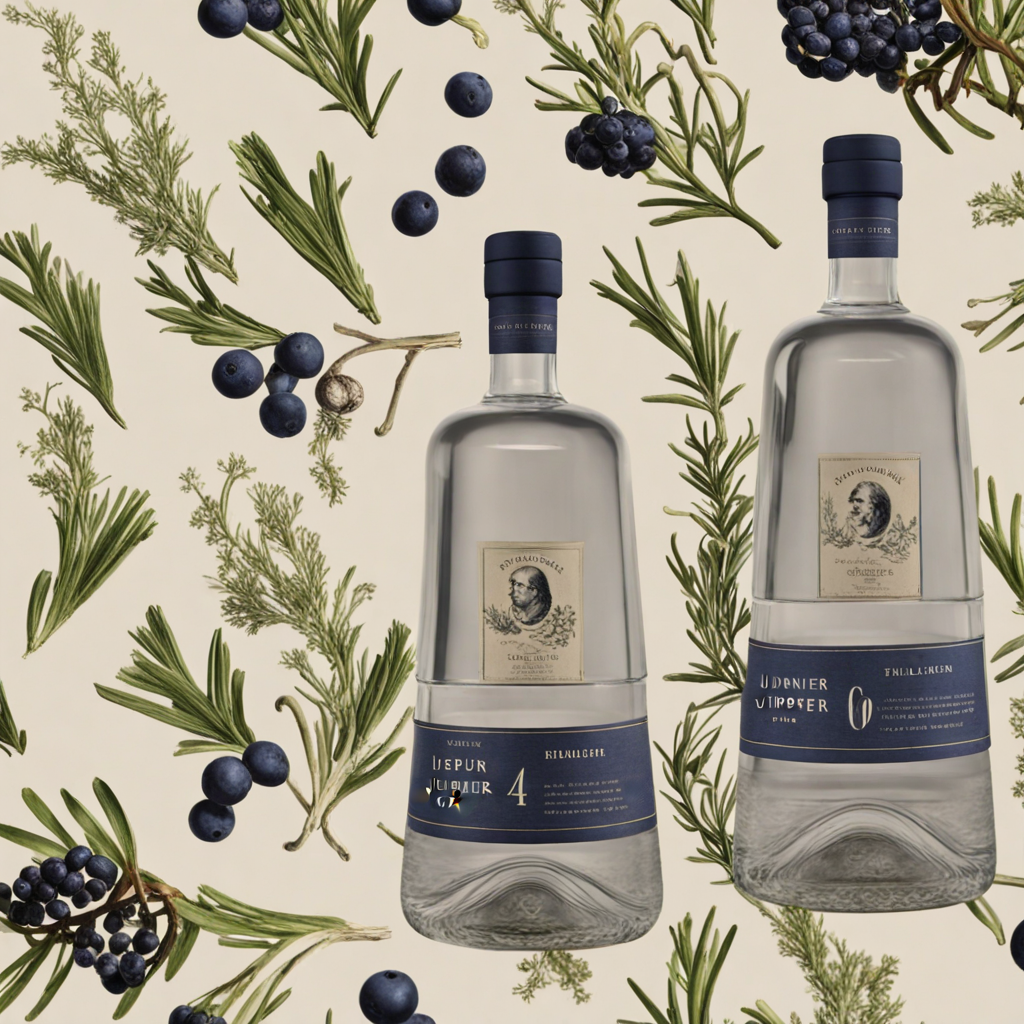Belgian Chocolate
Belgian Chocolate is renowned worldwide for its rich, smooth, and decadent qualities that tantalize the palate. Crafted from high-quality cocoa beans, this chocolate is characterized by its creamy texture and deep flavor profile, often enhanced by the skillful blending of various ingredients. The meticulous craftsmanship involved in its production sets Belgian Chocolate apart; artisans take great care in tempering the chocolate to achieve that perfect snap and sheen, showcasing the dedication to quality that Belgian chocolatiers are famous for. One of the defining features of Belgian Chocolate is its variety. From dark, milk, and white chocolates to the innovative use of flavors such as orange zest, sea salt, or exotic spices, there is something to suit every taste. Truffles, pralines, and bonbons are just a few of the beloved forms that this chocolate takes, each filled with luscious ganaches or delightful surprises. The balance of sweetness and richness in Belgian Chocolate creates a luxurious experience that is both indulgent and satisfying. When you take a bite of Belgian Chocolate, you are met with a symphony of flavors that unfold on your tongue. The initial melting sensation gives way to the complex notes of cocoa, while hints of caramel, coffee, or fruit may emerge, depending on the variety. This chocolate is not merely a treat but an exploration of taste, inviting you to savor each morsel slowly. Whether enjoyed on its own or paired with a fine wine or coffee, Belgian Chocolate promises a delightful journey into the world of gourmet confections.
How It Became This Dish
The Sweet Legacy of Chocolat Belge: A Journey Through History Belgium, a small yet culturally rich country in Western Europe, is renowned for many things: picturesque medieval towns, vibrant art scenes, and, perhaps most famously, its chocolate. The term "Chocolat belge," or Belgian chocolate, encompasses a rich tapestry of history, artistry, and innovation that has made it a symbol of national pride and a beloved delicacy around the world. #### Origins: The Chocolate Connection The story of Belgian chocolate begins in the 17th century, when cacao first reached European shores. Although chocolate was initially consumed as a bitter beverage in the Mayan and Aztec civilizations, Europeans adapted it to their tastes, sweetening it with sugar and flavoring it with spices. Spain, the first European country to embrace chocolate, kept it a closely guarded secret for many years. The introduction of cacao to Belgium is often attributed to the Spanish royal court, where chocolate drinking became fashionable among the aristocracy. However, it was the arrival of chocolate in the 18th century that truly transformed the Belgian landscape. During this period, the country was part of the Austrian Netherlands, and the burgeoning trade routes allowed for the importation of high-quality cacao beans. This led to the first Belgian chocolatiers setting up shop, laying the groundwork for what would become a proud national tradition. #### Cultural Significance: A National Treasure Belgian chocolate has evolved to become much more than a mere confection; it is a cultural emblem of the nation. The craftsmanship involved in making Belgian chocolate is indicative of the Belgian ethos, which values quality, detail, and tradition. Each master chocolatier brings their unique touch to the art, creating chocolates that reflect a deep-rooted commitment to excellence. The cultural significance of Belgian chocolate is also tied to its role in culinary diplomacy. It has become a quintessential gift, representing generosity and goodwill, often exchanged during festivals, holidays, and special occasions. In Belgium, chocolates are more than just sweets; they are tokens of affection and social connection, often given to celebrate love, friendship, and milestones. #### Development Through Time: The Evolution of Craft The 19th century marked a pivotal moment in the development of Belgian chocolate. Innovations in processing techniques, such as the introduction of the conching process by Swiss chocolatier Rodolphe Lindt, revolutionized chocolate production. This process improved texture and flavor by continuously mixing and aerating the chocolate, resulting in a smoother, creamier product. Belgian chocolatiers quickly adopted these advancements, enhancing their offerings. One of the most significant developments in this era was the creation of pralines. In 1912, Belgian chocolatier Jean Neuhaus invented the praline, a chocolate shell filled with various delicious fillings, including ganache, cream, and fruit. Neuhaus' invention not only transformed the chocolate landscape in Belgium but also set a new standard for chocolatiers worldwide. His shop, Neuhaus, remains a cornerstone of Belgian chocolate culture, and pralines have since become synonymous with Chocolat belge. Another key figure in the development of Belgian chocolate was Pierre Draps, who established the famous brand Godiva in 1926. Godiva's luxurious chocolates epitomized Belgian craftsmanship and sophistication, further solidifying the country's reputation as a leader in the chocolate industry. #### The Industrial Revolution and Globalization The Industrial Revolution in the late 19th and early 20th centuries brought about significant changes in the chocolate industry. The introduction of machinery allowed for mass production while still maintaining the artisanal quality that Belgium was known for. During this time, many Belgian chocolatiers began to export their products, introducing the world to their exquisite creations. As Belgium's chocolate industry flourished, it faced competition from other countries. However, Belgian chocolatiers remained committed to quality, often using high cocoa content and natural ingredients, setting their products apart from mass-produced alternatives. This dedication to craftsmanship helped solidify the country’s position on the global stage. #### Modern Day: A Legacy of Excellence Today, Belgium is home to over 2,000 chocolatiers, each contributing to the rich tapestry of Chocolat belge. From small artisan shops to large international brands, the diversity of chocolate offerings reflects both tradition and innovation. Each chocolatier brings their own flair to recipes, whether through unique flavor combinations, sustainable sourcing practices, or contemporary designs. In recent years, the rise of ethical consumerism has also influenced the Belgian chocolate industry. Many chocolatiers are now prioritizing fair trade practices, ensuring that cacao farmers receive fair compensation for their labor. This shift not only enhances the quality of the chocolate but also promotes sustainability and social responsibility within the industry. Moreover, Belgian chocolate has become integral to Belgium's tourism economy. Visitors flock to the country not only to indulge in the sweet delights but also to participate in chocolate-tasting tours, workshops, and exhibitions. The annual Salon du Chocolat, held in Brussels, celebrates the artistry of chocolate and attracts chocolate lovers from around the world, showcasing the best that Belgian chocolatiers have to offer. #### Conclusion: A Sweet Legacy Chocolat belge is more than just a treat; it is a symbol of Belgian culture, history, and craftsmanship. From its humble beginnings in the courts of Europe to its current status as a global phenomenon, Belgian chocolate has evolved while remaining true to its roots. The dedication of its chocolatiers to quality and innovation ensures that each piece of chocolate tells a story—a story of tradition, artistry, and a shared love for one of the world’s most cherished foods. As we savor the rich flavors of Belgian chocolate, we partake in a legacy that spans centuries—a sweet legacy that continues to enchant and inspire, one praline at a time.
You may like
Discover local flavors from Belgium







